We know how to treat asthma in children
Six million U.S. children (1 out of every 12) live with asthma. As leading Plano pediatricians, our office knows the ins and outs of asthma in children. We understand the angst this diagnosis causes in parents and the restrictions it can place on kids. But more importantly, we know how to create an effective asthma action plan for families. We have seen that it’s possible for kids with asthma to live robust, energetic and healthy lives.
Understanding asthma in children
Asthma is a chronic lung disease that results in airway inflammation. When a child has asthma, their bronchi (the airway passages within their lungs) are naturally more sensitive to triggers. Triggers can include common allergens, dust, pet hair, tobacco and pollution. These triggers can cause the immune system to overreact, producing harmful inflammation in the airways.
Asthma in children becomes dangerous when this inflammation causes airway swelling, inhibiting the ability to breathe. Sometimes, the bronchi will create a thick mucus during an asthma attack, further restricting the air flow.
There is no cure for asthma. The best way to treat it is through systemic management. Our Plano pediatricians work with our patients to create what is known as an asthma action plan.
How to create an asthma action plan
A typical asthma action plan includes three sections. Many families display a printable version of their child’s plan in the home. Our Plano pediatricians note that many institutions, such as the Asthma and Allergy Foundation of America and the Centers for Disease Control, use the language and imagery of a stoplight.
- Green means the child’s breathing is healthy. They are not coughing or wheezing. They are sleeping through the night and can play normally.
- In the yellow zone, asthma looks like the beginning of a cold. They might complain of a tight chest and a cough at night. Mild wheezing and coughing may occur during the day. When this happens, they have likely been exposed to a trigger.
- Symptoms in the red zone warrant an immediate call to the child’s physician. Their medicine is not helping, their breathing is hard and fast, they have trouble speaking, their nose is open wide, and their ribs are visible.
Doctors treat asthma in children on a case by case basis. The green, yellow and red zones of an asthma action plan look different for every child, especially in terms of prevention and treatment. This is why it is important to partner with an experienced physician who is up to date on the details of your child’s diagnosis.
Our Plano pediatricians are here to help
There is good news in the world of asthma treatment. Asthma-related hospitalizations have declined by 50% over the last seven years. Asthma action plans are now common, and healthcare staff, families and school nurses are well-versed in how to read them. Government entities and health insurers are investing in asthma education, so more families are able to reduce triggers and manage their child’s disease. Our Plano pediatricians are also here to provide education, support and treatment.
Contact us for more information on childhood asthma at (972) 473-7777.

